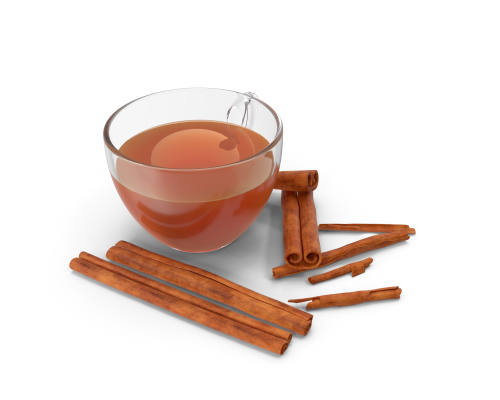

No Pink Pill Needed: The Original Viagra is Horny Goat Weed A Famous Chinese Herb
Are you searching for a natural Viagra?
The Chinese herb known as Epimedium has been used to boost libido and increase sexual desire and performance for generations.
Now that the “Pink Pill” was just approved women have their own viagra with a long list of side-effects. Using an natural alternative likeLibido Boost Herb Pack for Him and Her is both effective, safe and without side-effects. For many this is a dream come true.
Researchers at the University of Milan, Italy say Epimedium (Horny Goat Weed) has what everyone who experiences erectile dysfunction needs. Additionally the Chinese herb, Epimedium (AKA horny goat weed) has fewer side effects than Viagra and certainly the new Pink Pill viagra for women.
This natural aphrodisiac has been used in Chinese herbal medicine for centuries and is well known for increasing blood flow and freeing up bound testosterone. This promote natural erections and sex drive. It has been confirmed by these Italian researchers that icariin, a compound found in horny goat weed has the same effect as sildenafil, the active component in Viagra. This icariin blocks the enzyme which controls blood flow to the penis. Once an erection is achieved the icariin helps maintain that erection by inhibiting PDE5, (phosphodiesterase-5).
Horny goat weed is the only Chinese herb which has demonstrated the PDE5 inhibitor effect.
If a drug was made from Horny Goat Weed it would be even more effective than Viagra.
However, since Horny Goat Weed is a natural plant it is not patentable. Like so many other Chinese herbs we know about there are less side effects than most prescription drugs.
Horny goat weed is found in the wild in China, Asia and Europe and the highest quality we could find is available here. As with all our herbal products our Chinese herb granules and thoroughly tested and standardized to 5:1 ration minimums. This means a higher potency than most products which fail to disclose any information regarding their potency ratio’s.
Journal reference: Journal of Natural Products, DOI: 10.1021/np800049y


